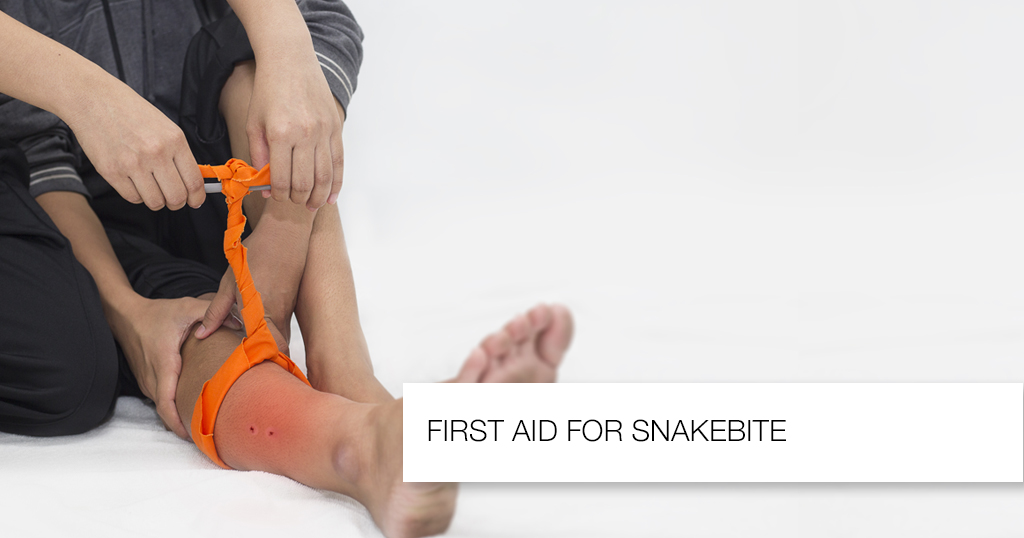Dr. Balakrishna Vedulla
MBBS, DEM, MRCEM
Consultant- Emergency Medicine – HOD
Apollo Hospitals, Visakhapatnam
Snakebites are unfortunate but frequently encountered incident in the tropical subcontinent region. More so, in areas outlining wooded, forested areas or in agricultural lands.
It is essential to note the site of the bite and the nature of the bite marks. If the bite victim has seen the snake that also should be noted.
As a rule of thumb, venomous snakes leave a distinct two-puncture bite mark whereas non venomous snakes may or may not leave a two-puncture bite mark.
General Principles
- Regardless of the degree of envenomation, snakebite victims should be kept calm and under no circumstances be allowed to panic.
- If significant envenomation is suspected rapid stabilization with prompt transport to a hospital is advised.
- Remove the patient from the snake’s territory as soon as the initial stabilization measures are complete.
- Remove any and all constrictive clothing, items of jewellery or such that may cause compression on the affected limb.
- DO NOT incise or perform any sort of suction procedure on the bite site. It only works in the movies, not in real life.
- It is of utmost priority to shift the patient to a hospital stocked with anti-venom and ICU treatment facility as soon the required primary stabilization procedures are complete.
- A few of the Stabilization procedures include:
- Reassure the patient and encourage them to remain calm.
- Try to keep the bite site below the level of the heart.
- Restrict activity and keep walking to a minimum.
- If a tourniquet is to be applied, just apply enough pressure to impede venous return but not to affect arterial perfusion – An ischemic limb is a poor prognostic indication.
- Properly immobilize the affected limb prior to moving the patient from the unsafe surroundings.
- Do not attempt any anti-venom administration in the field.
- Prompt transfer to a hospital is recommended.
Although snakebites are an unforseeable incident, few measures can be taken to prevent or reduce the risk of being bitten. Namely
- Appropriately covering footwear, high boots etc.
- Avoiding venturing into dense undergrowth.
- If in agricultural lands be on the lookout.
- Being vigilant of your surroundings.
- When outdoors, always keep children under supervision.


















